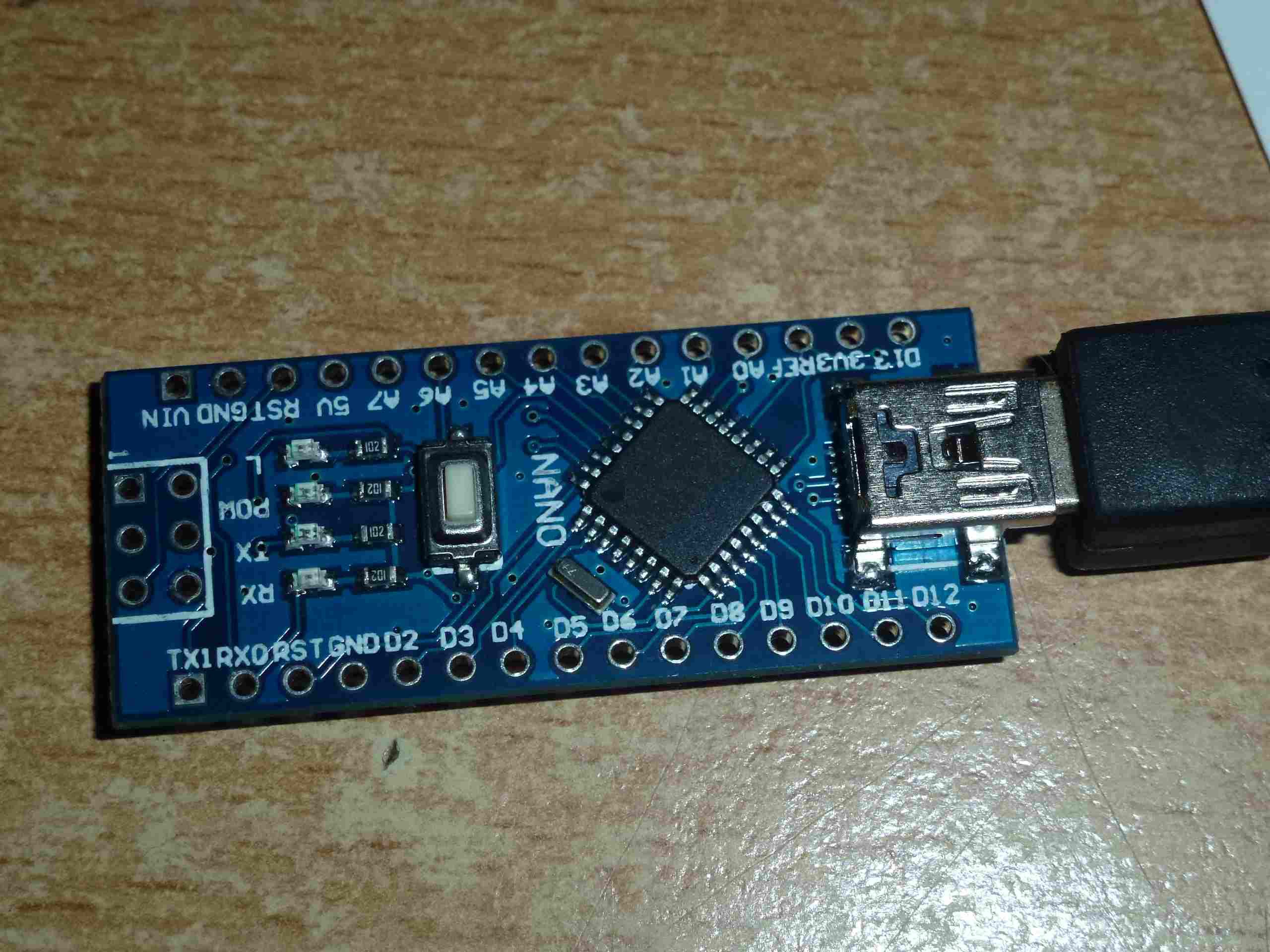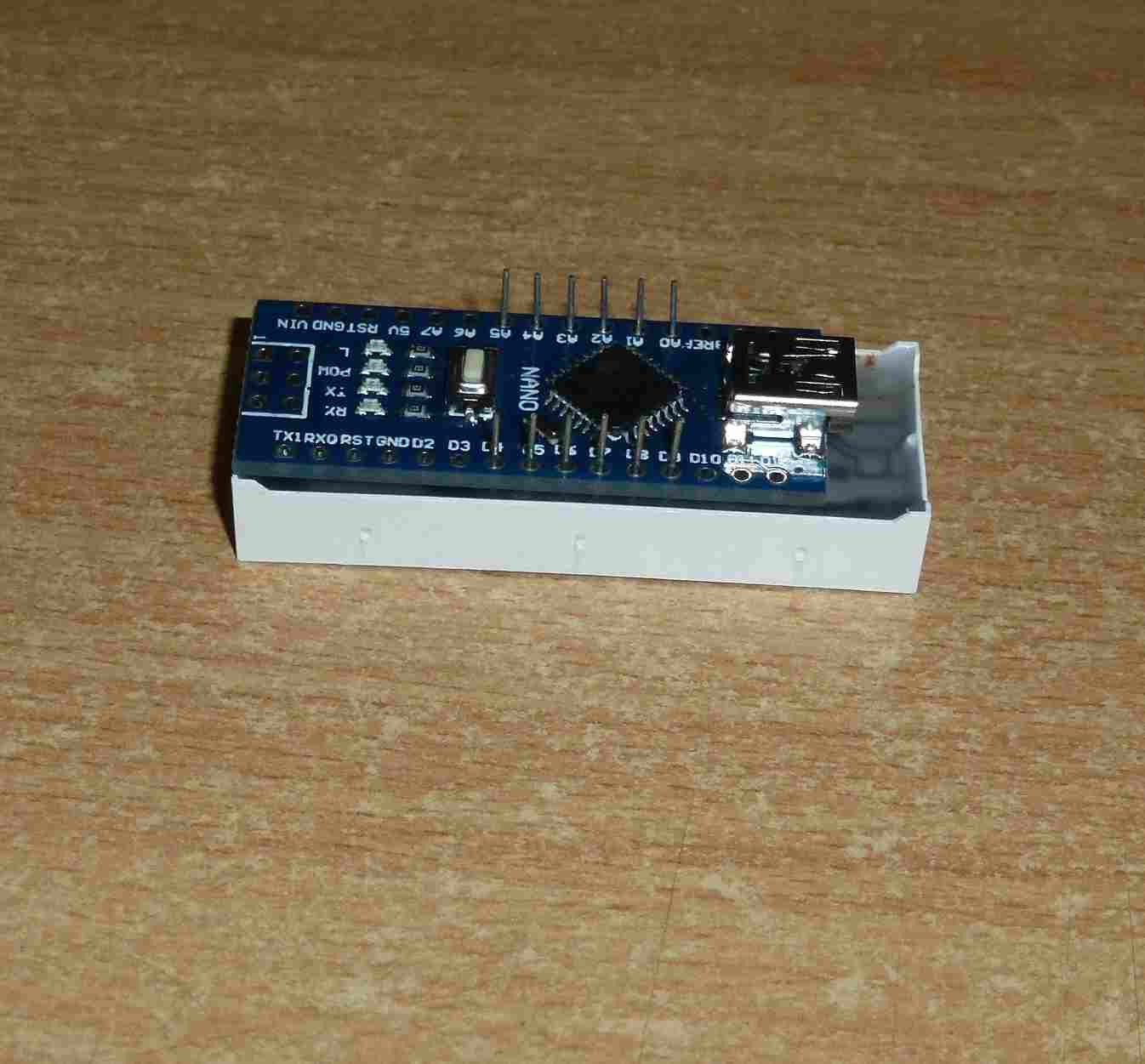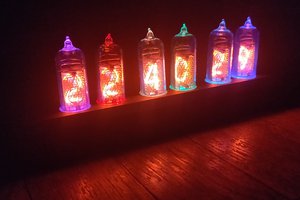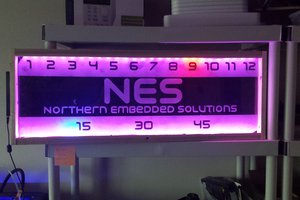This is a form of peaceful protest against the abusive handling of a boy who took an electronics project to school. The project was simply a digital clock and law enforcement decided to arrest and hand cuff the boy because it 'may' have looked like a bomb to some people.
In the country where I live - if a parent were to hand cuff a child then this action would be considered 'child abuse' by authorities and the child would be removed from the parents for the child's protection.
I seriously think we need to consider removing children from some authorities to protect the child! Perhaps we need better training for law enforcement on appropriate behaviour towards children and/or specialist officers to work with children.
In any case - the hand cuffing of an innocent kids is NOT OK!
 Hacker404
Hacker404








 Shawn Kovalchick
Shawn Kovalchick
 Edward
Edward
 Luke Brandon
Luke Brandon
 Steven Kibler
Steven Kibler
It is the core responsibility of every person to prevent harm to others. If someone fails to act with proper care, that person should be held accountable for sure. We strongly believe in holding people accountable for their actions. Whether you’ve been injured in a car accident or have experienced a wrongful death, an Atlanta Personal Injury attorney can help you pursue fair compensation for your injuries. Jonathan Reed is one of the top-rated Atlanta personal injury lawyers, and is ready to fight for your case. Schedule a free consultation today with one of our top-rated lawyers, and start your case off on the right foot.